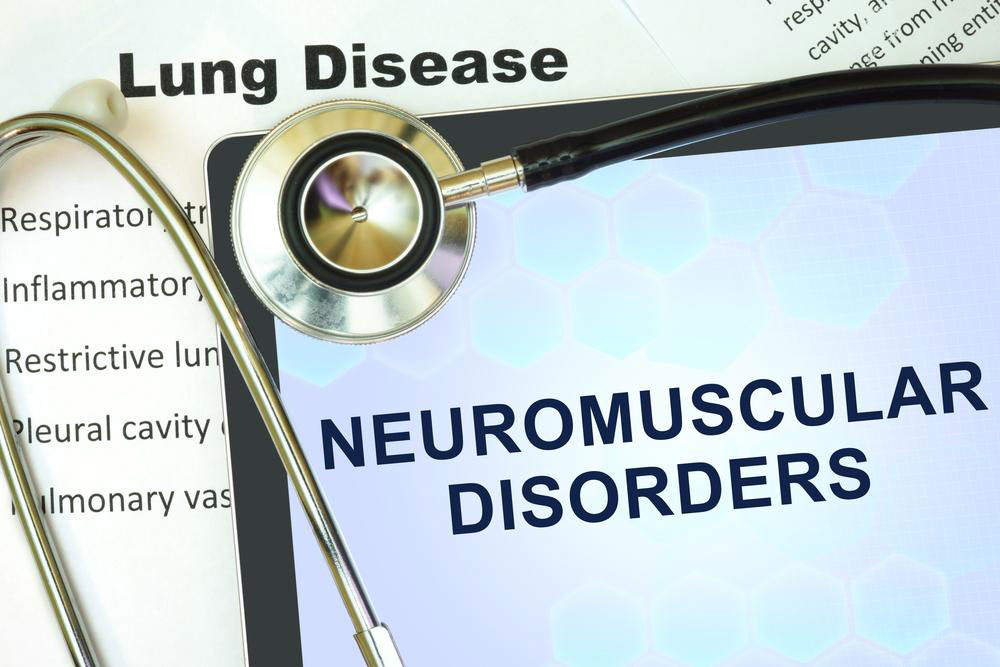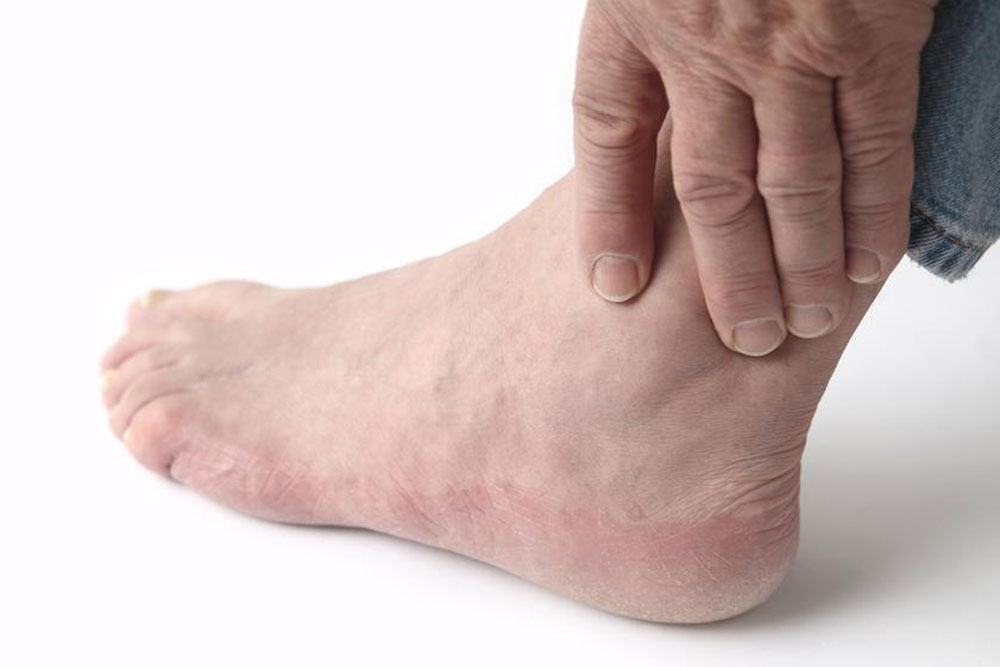Comprehensive Guide to Neuromuscular Diseases: Causes, Symptoms, and Treatment Options
This comprehensive guide explores neuromuscular diseases, covering causes, symptoms, diagnosis, and the latest treatments. It emphasizes the importance of early detection and management to improve quality of life for affected individuals. Learn about prevalent disorders like ALS, muscular dystrophy, and multiple sclerosis, along with current and emerging therapies aimed at symptom relief and disease progression. A must-read for patients, caregivers, and healthcare professionals seeking detailed insights into these challenging conditions.

An In-Depth Examination of Neuromuscular Disorders
Neuromuscular diseases encompass a broad spectrum of conditions that affect the functioning of nerves and muscles, leading to significant health challenges. These illnesses primarily target the neurons responsible for sending signals to muscles, disrupting communication pathways. When these pathways are compromised, individuals often experience muscle weakness, wasting, and a range of discomforts, including cramps, spasms, twitching, and persistent soreness. If these conditions remain untreated or unmanaged, they can progress to impact vital functions such as breathing and cardiac health, posing life-threatening risks.
Understanding the symptoms associated with neuromuscular diseases is crucial for early diagnosis and effective management. Patients commonly report symptoms such as profound muscle fatigue, progressive weakness, loss of coordination, and sensory abnormalities like numbness or tingling. These symptoms can vary in intensity and may develop gradually or suddenly, depending on the specific disorder.
The root causes of neuromuscular diseases are diverse, involving autoimmune processes, genetic mutations, environmental exposures, and nutritional deficiencies. Autoimmune conditions lead the way, where the body's immune system mistakenly attacks nerve or muscle tissue. Genetic factors contribute significantly, especially in inherited disorders like muscular dystrophies. Environmental toxins, such as heavy metals and certain chemicals, may also play a role, along with deficiencies like inadequate vitamin B12 levels, which are essential for nerve health.
Among the most prevalent neuromuscular diseases are Amyotrophic Lateral Sclerosis (ALS), also known as Lou Gehrig's disease, which causes progressive muscle degeneration and weakness; muscular dystrophies, a group of inherited disorders characterized by muscle wasting; multiple sclerosis (MS), an autoimmune condition affecting nerve insulation; and myasthenia gravis, which impairs nerve signal transmission at the neuromuscular junction. Accurate diagnosis typically involves a combination of clinical examinations, electromyography (EMG), nerve conduction studies, magnetic resonance imaging (MRI), muscle biopsies, and blood tests.
Current treatment strategies focus on managing symptoms, slowing disease progression, and enhancing the patient's quality of life. While some conditions have no cure, therapies such as physical and occupational therapy, medications like corticosteroids and immunosuppressants, and advanced technologies like assistive devices can significantly improve daily functioning. Emerging treatments, including gene therapy and experimental drugs, offer hope for future breakthroughs.





